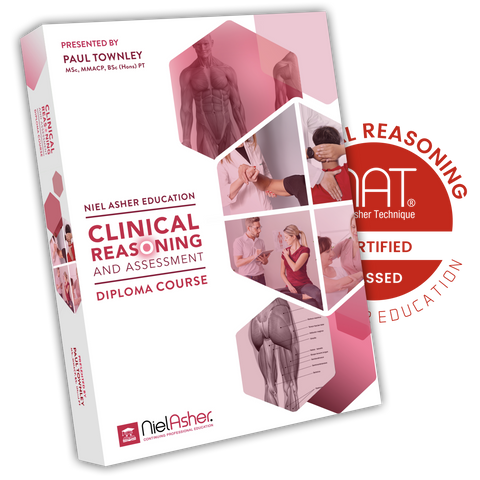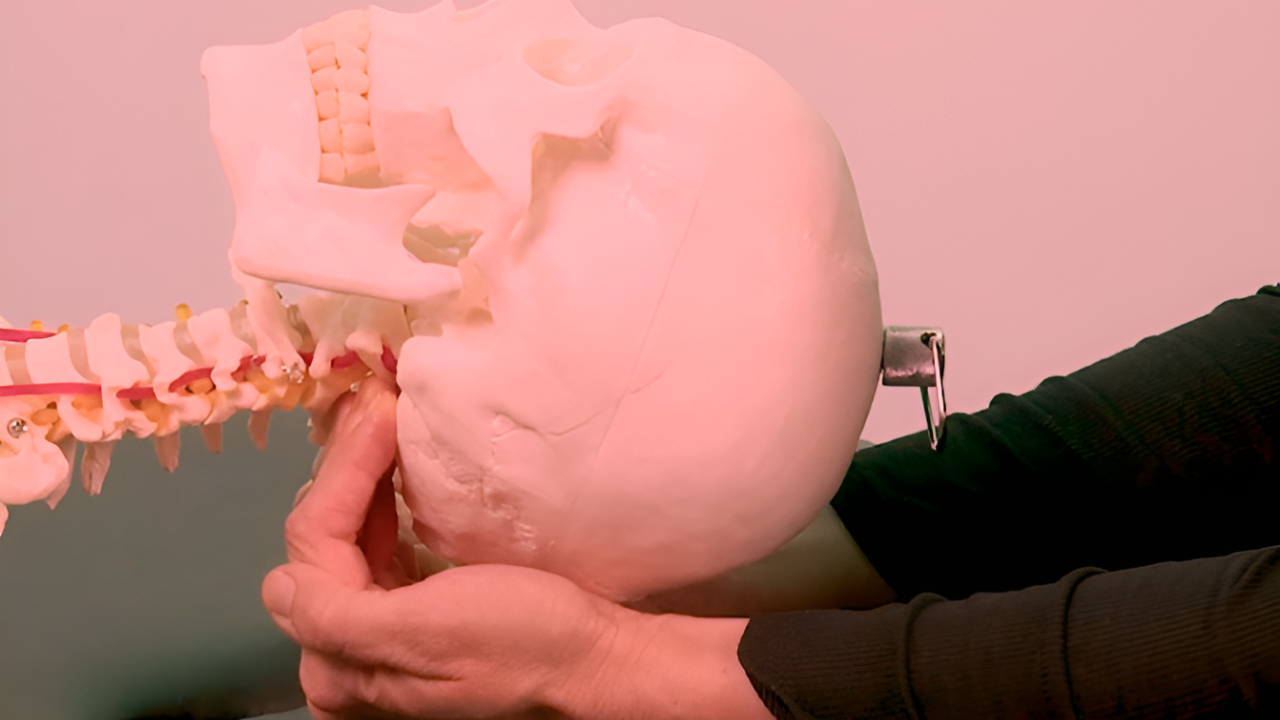Serratus Posterior Superior | Serratus Posterior Inferior | Shoulder Pain | Back Pain

Serratus Posterior Superior and Serratus Posterior Inferior
The video tutorial below covers the Serratus Posterior Superior (SPS) and Serratus Posterior Inferior (SPI) muscles as they relate to trigger points.
The SPS and SPI are two different muscles, but they are mirror images of each other.
About Serratus Posterior Superior and Inferior
The name comes from the Latin, Serratus meaning saw-like and posterior meaning “coming after” as in the back side of something. With superior and inferior meaning above and below.
Winglike in shape, the superior is situated at the upper part of the posterior thorax, while the inferior is at the lower part.
The SPS helps to elevate the upper ribs during inhalation. The SPI, inversely, helps to draw the lower ribs downward and backward during exhalation.
Both muscles attach to various ribs and parts of the spine.
The SPS originates on the supraspinal ligament, the spinous processes of the upper two to three thoracic vertebrae (T01–T03), as well as the seventh cervical vertebra. It inserts on the upper borders of ribs 2–5, and is innervated by intercostal nerves 2–5.
The SPI originates on the supraspinal ligament, and the spinous processes of the upper two to three lumbar vertebrae (L01–L03) and the lower two thoracic vertebrae (T11–T12). It inserts on the lower borders of ribs 9–12, and is innervated by intercostal nerves 9–12.
Serratus Posterior Superior
Trigger points in the SPS frequently cause pain near or under the shoulder blades, or in other regions throughout the upper extremities.
Pain from the SPS is often described as a constant "deep ache" under the upper portion of the scapula. Pain can extend down the posterior aspect of the shoulder and arm to the ulnar side of the forearm, hand and little finger. It sometimes manifests as numbness into the C8-T1 distribution of the hand.
The pain often increases when the patient performs movement that causes the scapula to press against the trigger points of the SPS. Movements include lifting objects with outstretched hands, such as placing dishes or other objects on a shelf. Sleeping on the same side can also cause the scapula to press against the trigger points.
It may be difficult for you to palpate any trigger points or taut bands of tissue in the SPS muscle because it is covered by skin, adipose, and the trapezius and rhomboid muscles. If referred phenomena like pain, burning or tingling are present, it is likely that you have located a trigger point. Pay attention to pressure, as these areas can be painful. Patients who reflexively pull away, hold their breath or clench their teeth are acting out protective responses. In these situations, you should immediately decrease pressure, leave the area for a few minutes, then return using less pressure.
If you have applied oil or lotion, your fingers will slide when attempting to apply a friction technique. Place a tissue or linen on the skin first then apply the technique through the tissue. Treat the muscle attachments at midline along the lateral aspects of the spinous processes from C6-T2.
To treat the muscle attachments on the 2nd-5th ribs, abduct the scapulae and move it laterally to uncover the entire SPS. Use with fiber and cross-fiber friction movements to release the rib attachments. Apply lubrication and glide on the muscle belly using multidirectional movements to ensure thorough treatment.
Serratus Posterior Inferior
The trigger points in the SPI may cause symptoms of pain in the torso, primarily back pain in the thoracic area. Symptoms include aching in the low back often mistaken for kidney pain, pain in the low back when stretching overhead, pain in the lower back when twisting around at the waist, and pain in the low back when bending over.
Trigger Points may be caused by any of the following;
- Twisting the body when lifting
- Overreaching overhead or to the side of the body
- Lifting something heavy using the back muscles instead of leg muscles
- Sleeping on a sagging or too soft mattress
So how can you Avoid the Development Of Trigger Points In the SPI?
- If you have a job or activity that requires you to repeatedly reach overhead, try using a step ladder or long-handled tools. Think of ways to reduce the time you hold the arms up and overhead.
- When lifting, do not bend over and then lift. Squat down and bend the knees keeping your back straight and use your legs as the power source to pick up the item. Also, do not use a twisting motion at the waist while lifting. Secure the item then turn the body before taking a step.
- Sleeping on a lumpy or too soft mattress will cause soreness, stiffness, and the development of trigger points. Consider replacing your mattress.
Releasing the trigger points in the SPI can be done by a therapist using various techniques and tools. Stretching and muscle energy techniques may also be useful.
Links
More Articles About Shoulder Injuries
More Articles About Trigger Points
Certify as a Trigger Point Therapist

Trigger Point Therapy Diploma Course


Clinical Reasoning and Assessment for Manual Therapists
JOIN NOW
EDUCATION MEMBERSHIP PLANS
UNLIMITED ACCESS
FROM $19.95/monthly
This trigger point therapy blog is intended to be used for information purposes only and is not intended to be used for medical diagnosis or treatment or to substitute for a medical diagnosis and/or treatment rendered or prescribed by a physician or competent healthcare professional. This information is designed as educational material, but should not be taken as a recommendation for treatment of any particular person or patient. Always consult your physician if you think you need treatment or if you feel unwell.

Learn More for Less

Unlimited access to all courses for just $19.95/mo










